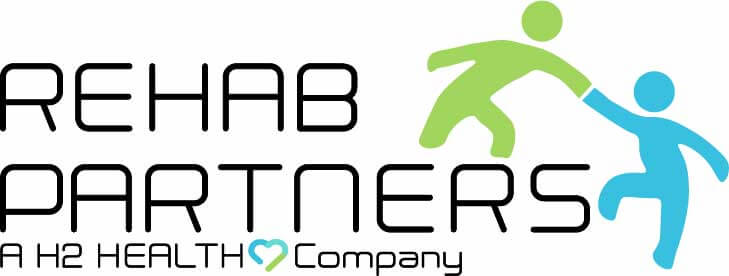
Are you having trouble with a rotator cuff injury and finding it hard to return to your regular exercise? Recovering from a rotator cuff injury can seem tough, but doing the right rotator cuff physical therapy exercises at home can help you heal faster.
Whether you are an athlete wanting to get back to your sport or just someone who wants to do everyday activities easily, adding specific exercises to your daily routine is important for rebuilding strength and movement in your shoulder.
Let us talk about why having a special home exercise program made by a physical therapist is important for healing your rotator cuff.
Understanding the Rotator Cuff
The rotator cuff is a group of muscles and tendons located in your shoulder. Think of it as a support system that helps keep your shoulder stable, allowing you to lift your arm in many different directions.
This is really important for activities like throwing a ball, reaching for something high, or even just waving hello.
However, it is common for people to get injuries to the rotator cuff. These injuries can happen from playing sports, lifting heavy objects, or even just from regular use over time as we grow older.
Why Physical Therapy is Important for Rotator Cuff Injuries
If you hurt your rotator cuff, physical therapy can really help you feel better. Physical therapy includes exercises and treatments that help you recover. The main goal is to help you get your strength and flexibility back in your shoulder.
Creating a Home Exercise Plan with Your Physical Therapist
It is important to work with your physical therapist to put together an exercise plan you can do on your own at home. Here are some tips for creating a comprehensive plan with your physical therapist.
The Importance of Working with Your Physical Therapist
If you have a rotator cuff injury, it’s really important to work closely with your physical therapist. They are there to help you recover and get back to doing the things you love.
Your therapist will create a special exercise plan just for you based on what you need to heal.
Setting Up Regular Appointments
First, you should set up regular appointments with your physical therapist. These meetings are super important because they help track how your shoulder is getting better and figure out which exercises are right for you.
During these rotator cuff physical therapy sessions, your therapist will check how your shoulder is doing and tell you what exercises are safe for you to do. This way, you can be sure you’re on the right track to feeling better.
What to Focus on During Rotator Cuff Physician Therapy Sessions
When you go to your rotator cuff physical therapy sessions, your therapist will have you do exercises that focus on three main areas:
Range of Motion
These exercises help your shoulder move more easily. Imagine trying to reach for something on a high shelf without pain—these rotator cuff exercises will help you do that.
Strength
You will also do activities to make your shoulder muscles stronger. Strong muscles will help support your shoulder so that it does not get hurt again.
Pain Management
Your therapist will teach you ways to understand and control your pain. This might include learning how to notice when you are in pain and finding methods to feel better.
Creating a Balanced Exercise Plan
Together with your therapist, you will develop a balanced exercise plan that includes:
Warm-Up Exercises
Warming up is essential before any exercise. Gentle movements like arm circles or shoulder rolls can help prepare your muscles for more intense activity. This step is crucial in rotator cuff physical therapy.
Strengthening Exercises
Strengthening your shoulder muscles is a big part of your recovery. Use light weights or resistance bands to perform exercises like shoulder presses and lateral raises. These movements will help rebuild your muscle strength.
Stretching and Flexibility
Flexibility of the shoulder is just as important as strength. Stretching exercises like the cross-body stretch and the doorway stretch can improve your shoulder’s range of motion.
Always stretch after your strengthening exercises to maintain balance.
Learning Proper Exercise Techniques
One of the critical aspects of your rotator cuff physical therapy is learning the correct way to perform each exercise. The proper form of the shoulder is vital to prevent further injury and ensure your safety during rehabilitation.
Your therapist will provide guidance on how to execute each movement correctly and may suggest modifications or more challenging variations as you progress.
Honesty and Communication Are Keys
To make your recovery as smooth and effective as possible, it is important to stick to your exercise plan and maintain open communication with your therapist.
Be honest about your feelings and any discomfort you experience. This feedback will enable your physical therapist to adjust your program as needed, ensuring that it remains both challenging and achievable.
Rotator Cuff Physical Therapy at H2 Health
If you are struggling with a rotator cuff injury and want to regain strength and mobility, do not hesitate to reach out to the skilled professionals at H2 Health. Our dedicated team of physical therapists is committed to providing personalized care tailored to your specific needs, ensuring you receive the best possible guidance throughout your recovery journey.
To schedule your consultation with us, contact one of our locations near you or use our appointment request form. We look forward to serving you!



































